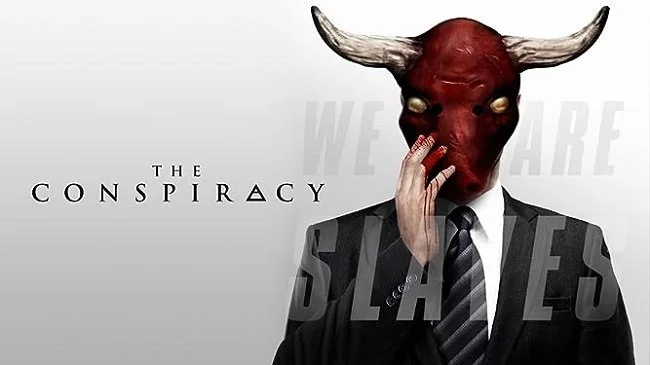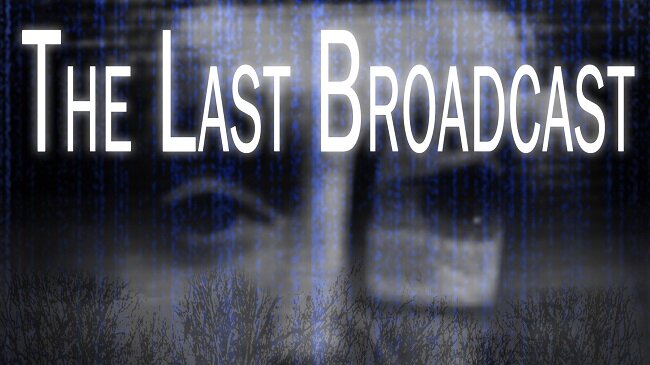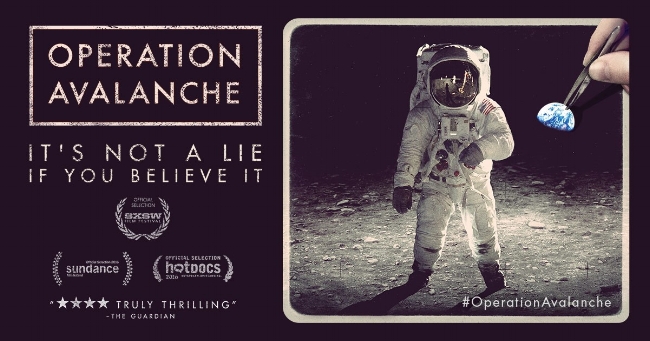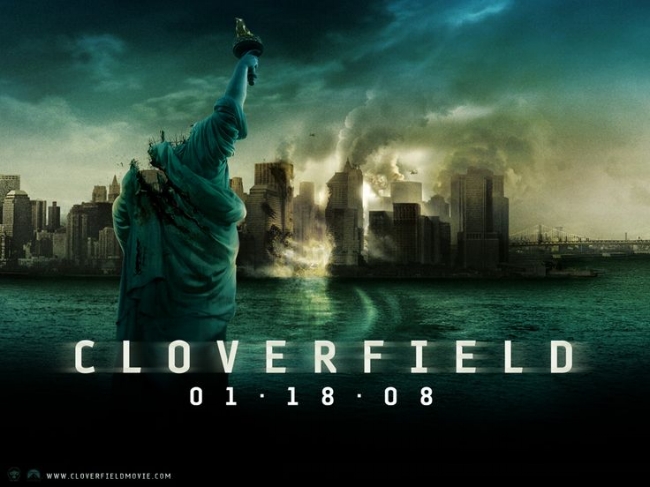The Conspiracy (2012)
Filmmakers Aaron (Aaron Poole) and Jim (James Gilbert) decide to make a documentary about online conspiracy theories Terrance G (Alan Peterson), mainly due to the amount of attention he attracts online. Terrance explains in detail how many global events all appear to be linked to an NGO called the Tarsus Club. Jim remains sceptical of such theories, but Aaron is more willing to accept them. During an interview, Terrance becomes agitated and points out a man whom he believes to be following him. A few days later Terrance vanishes. Aaron searches through various newspaper clippings left in Terrance’s apartment and finds a reference to a Time magazine article about the Tarsus Club written by Mark Tucker (Bruce Clayton). As the pair of journalists search for Tucker, they see the same man that was following Terrance. They are also menaced by a Black SUV that parks outside Jim’s house at night. Finally, Tucker contacts them online and it becomes clear that he has more to reveal about the Tarsus Club. Aaron suggests that they try to infiltrate the next meeting, but Jim is reluctant to do so, due to the possible danger.
The Conspiracy is very much a film of two halves. The first forty-five minutes sets up the story well as the two documentary filmmakers immerse themselves in the world of conspiracy theorists. We meet various personalities known within the conspiracy theory community, there are clips from their YouTube channels and we see online meetings via virtual chat rooms. Terrance G. is very plausible (and by far the most interesting character) who is cleverly offset and contrasted by occasional sound bites from an academic. His disappearance and the subsequent investigation by Aaron and Jim is suitably intriguing. Events begin to escalate as the journalists are followed by a black SUV and Aaron’s home is broken into. These events put a strain upon Jim and Aaron’s working relationship. When they meet Mark Tucker and he alludes to more powerful and sinister forces, the plot maintains a sense of credibility within its own internal logic. The Tarsus Club, initially represented as a political lobbying body and international business cartel, is not an inherently implausible plot device. So far, so good.
However, director and writer Christopher MacBride, takes the plot in a different direction during the second half of The Conspiracy. The faux documentary, through a plot conceit, switches to the use of hidden camera footage for most of the climax. Hence, we have a distinct change of tone as the film slips awkwardly into the found footage/horror genre as Aaron finds himself in jeopardy. Sadly, this transition doesn’t really work and negates the innovation of the first half. The main characters work adequately as documentary filmmakers because they are conduits for an exploration of conspiracy theories. Once they become protagonists in jeopardy, rather than just spectators, they’re too insubstantial to support such a plot twist. The ending, which implies a cover up, tries to reconcile the two different halves of this film but it struggles to do so in an acceptable fashion. It’s a shame because The Conspiracy begins with a lot of promise. Overall, it ends up being very average.














